In my experience, effectively managing one’s time is an important part of succeeding in academia, because for the most part no-one else is going to do it for you. True, there is the occasional fixed deadline around conference time, and any involvement in teaching will also impose some structure on your days; but when it comes down to the nitty gritty of research – producing data and turning into papers – the structure has to be imposed from within. It requires a certain amount of self-discipline, and I’ve recently been confronting the fact that I’m not being as efficient as I could be – or as I need to be to be really effective (blogging being one of the many balls in the life of Chris that has been fumbled recently).
I don’t certainly don’t lack in things to do. At the moment I have a number of different pending projects – which range in completeness from the ‘write the sodding paper already!’ to the ‘it would be quite cool if I could work out how to do this’ stage. Each of these projects can be broken down into a number of different sub-tasks – from struggling with the idiosyncracies of my lab equipment, to reading through a stack of papers for background information, to producing and interpreting pretty graphs. The question is, what’s the best way to cut through the fog of lists and work out what is most important? How should I divide my time between all of the things that need to get done, without flitting between different tasks so rapidly that I don’t give myself the opportunity to really concentrate on, and make solid progress in, any? How much time should I sacrifice away from projects with the shortest immediate payoff in order to keep other promising avenues simmering? When it comes to concurrent projects, how many is too many?
Half of the problem, of course, may well be that I don’t feel I’m getting much done because I’m spending too much time obsessing over how to chop up my day. Part of me thinks the solution might lay in thinking in terms of larger chunks of time; rather than saying ‘I’ll spend the morning doing x and the afternoon doing y’ perhaps I should be thinking ‘I’ll spend the next two days/week concentrating on x before moving onto y’. But I’d be interested in hearing my readers’ suggestions, and stories of how they decide what to do with their days.
The Authors
Search this blog
Categories
Archives
-
Recent Posts
- No chatbots please, we’re scientists
- Golden spike or no golden spike – we are living in the Anthropocene
- We are late bending the climate change curve – but bending it still matters
- The changing picture of the Martian core
- Rivers might not need plants to meander
- Has Earth’s mantle always worked like it does today?
- How the UK’s tectonic past is key to its seismic present
- A new recipe for Large Igneous Provinces: just add BIF, then wait a couple of hundred million years
-
Recent Comments
For lot's more videos on soil moisture topics, see Drs Selker and Or's text-book support videos https://www.youtube.com/channel/UCoMb5YOZuaGtn8pZyQMSLuQ/playlists
[…] Announcing STORMS | Highly Allochthonous on Recent News […]

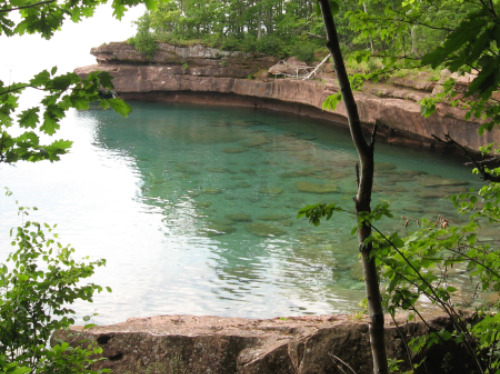
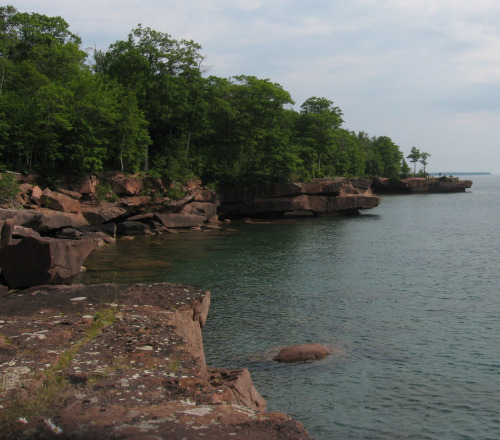
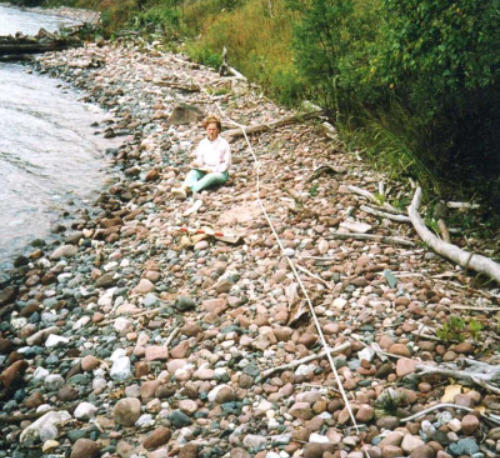
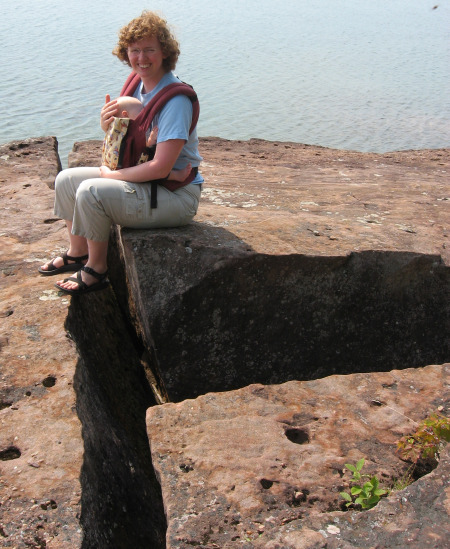
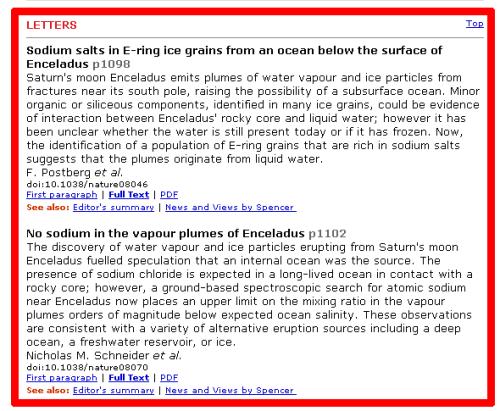


Nice plan for content warnings on Mastodon and the Fediverse. Now you need a Mastodon/Fediverse button on this blog.